An uninterruptible power supply (UPS) is an electrical apparatus that provides emergency power to a load when the input power source or mains power fails. The on-battery runtime of most uninterruptible power sources is relatively short (only a few minutes) but sufficient to start a standby power source or properly shut down the protected equipment. A UPS is typically used to protect hardware such as computers, data centers, telecommunication equipment or other electrical equipment where an unexpected power disruption can cause serious problems.
In this tear-down I take a look at what is inside Trust Power Master PW-4095T – UPS – 950 VA UPS. First take a look at some basic information and the specifications on the device. This device is marketed as a reliable 950 VA UPS mains power protector for office and home usage. This device is designed to work with 230V AC voltage (can accept AC 170 – 280 V). It has Power Capacity of 950 VA. It uses line interactive UPS technology.
What is inside Trust Power Master PW-4095T – UPS – 950 VA UPS?
Here is view to the electronics.
There is main circuit board on the left. The heavy parts, battery and transformer, are on the right. The battery is clearly broken.
Here is a closer look at the main circuit board. It is interesting that the high current carrying wires going to transformer are bolted to the inverter switching transformer heatsinks. There are several relays on the circuit board, and I quess they are used to implement the input mains power transfer switch functionality and transformer tap switching for voltage regulation. The small circuit board sticking on the right is the telephone line surge protector. For mains power surge protection there seems to be a yellow VDR near mains power connector on the right.
A look at the specification of the broken battery. It looks like quite normal 12V sealed battery .The battery type is HR1234W from CSB battery. According to battery data sheet the battery has 34W @15min-rate to 1.67V per cell @25°C and maximum 130A discharge current.
Besides the battery, the transformer is also pretty big, because it needs to handle that 950 VA power.
This teardown ends here. Now some UPS theory related to this device:
According to APC white paper on different types of UPS systems Line Interactive is is the most common UPS design used for small business, Web, and departmental servers. In this design, the battery-to-AC power converter (inverter) is always connected to the output of the UPS. When the input AC power is normal, the inverter circuit works in “reverse mode” charging the batttery. When the input power fails, the transfer switch opens (disconnects the mains input connector from outputs) and the power flows from the battery to the UPS output (generates mains output waveform to output). You can find block diagrams of line ineractive UPS system from APC white paper and pcguide.com.
The inverter/converter is also normally fitted with circuitry to filter out noise and spikes. Line Interactive design usually incorporates a tap-changing transformer to provide means of voltage regulation by adjusting transformer taps as the input voltage varies. This topology is inherently very efficient. According to Line-interactive vs On-line Network UPS Systems and Which Should You Choose? article at the most basic level, line-interactive UPS systems are less expensive than on-line UPS systems (approximately 20 to 40% less, depending on the model and manufacturer), but they also provide less protection than on-line UPS systems.
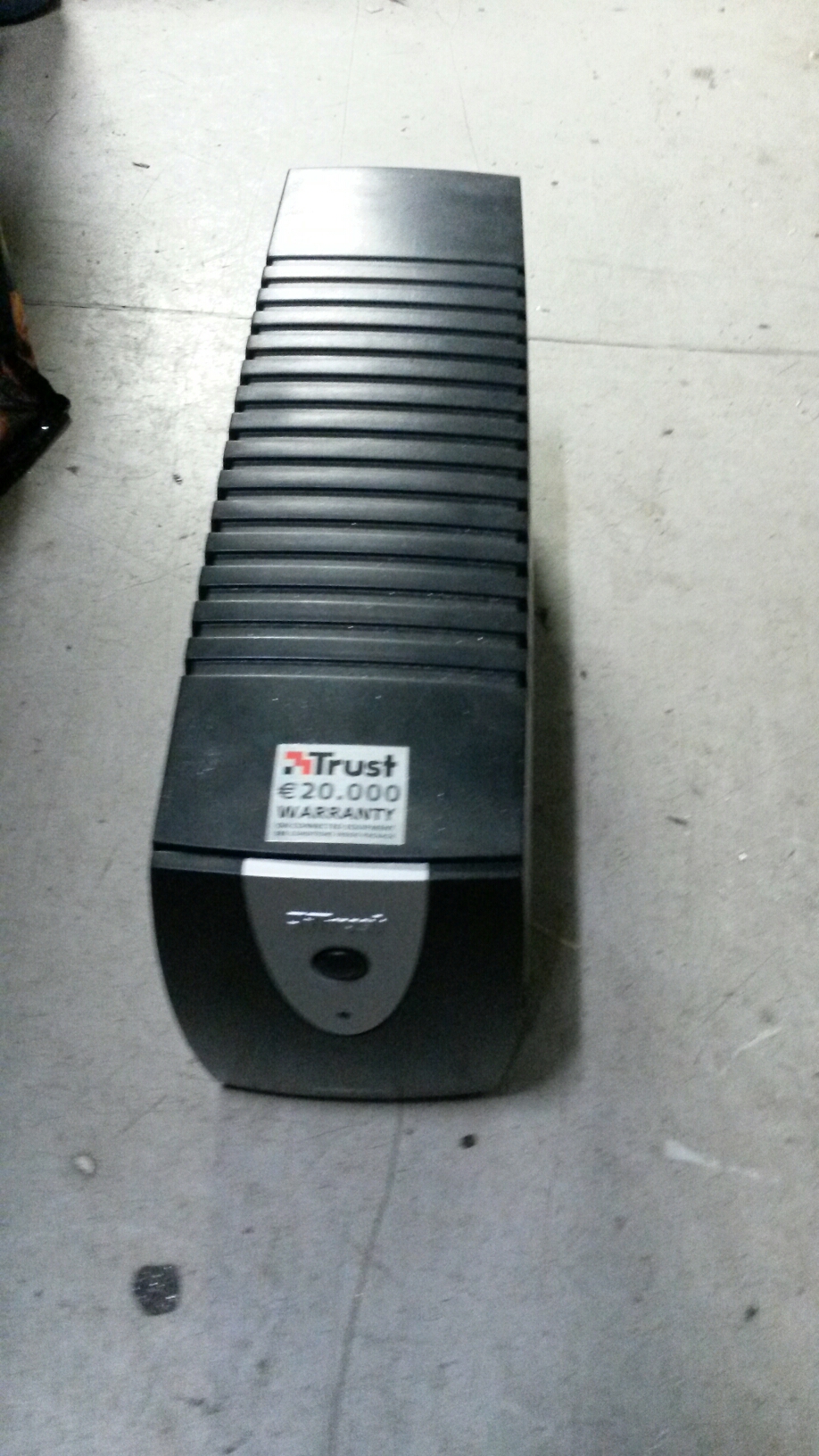
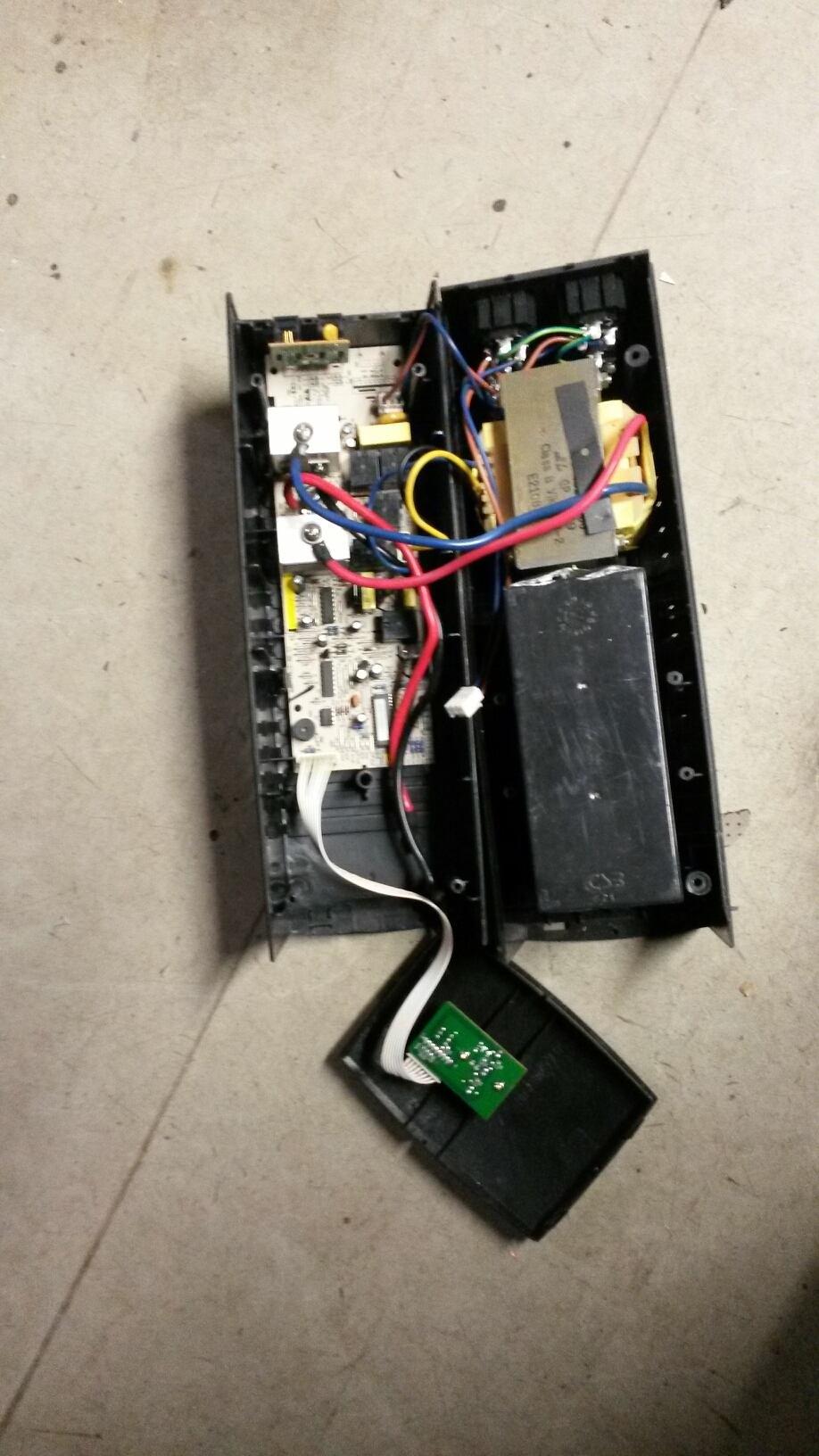
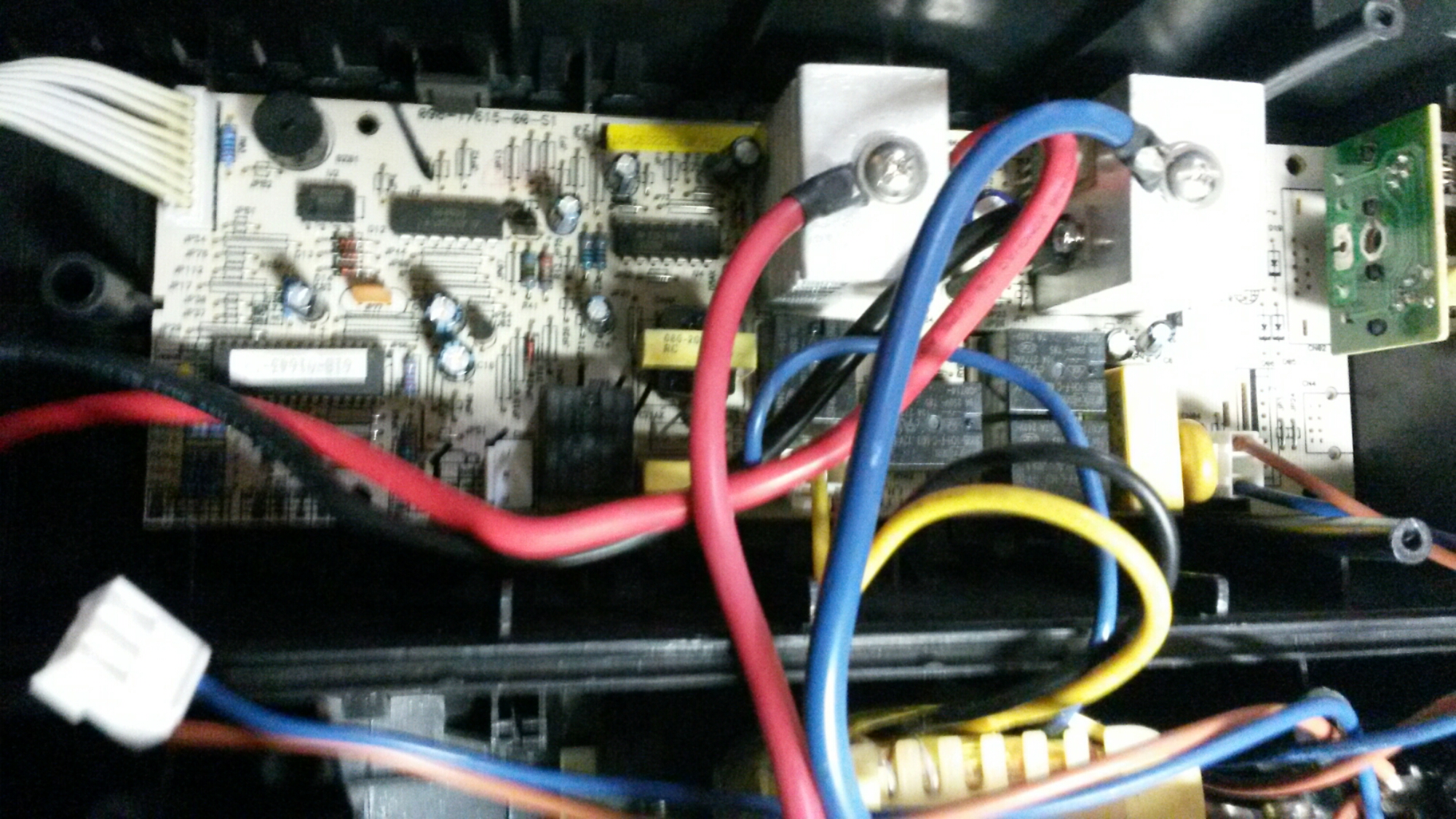
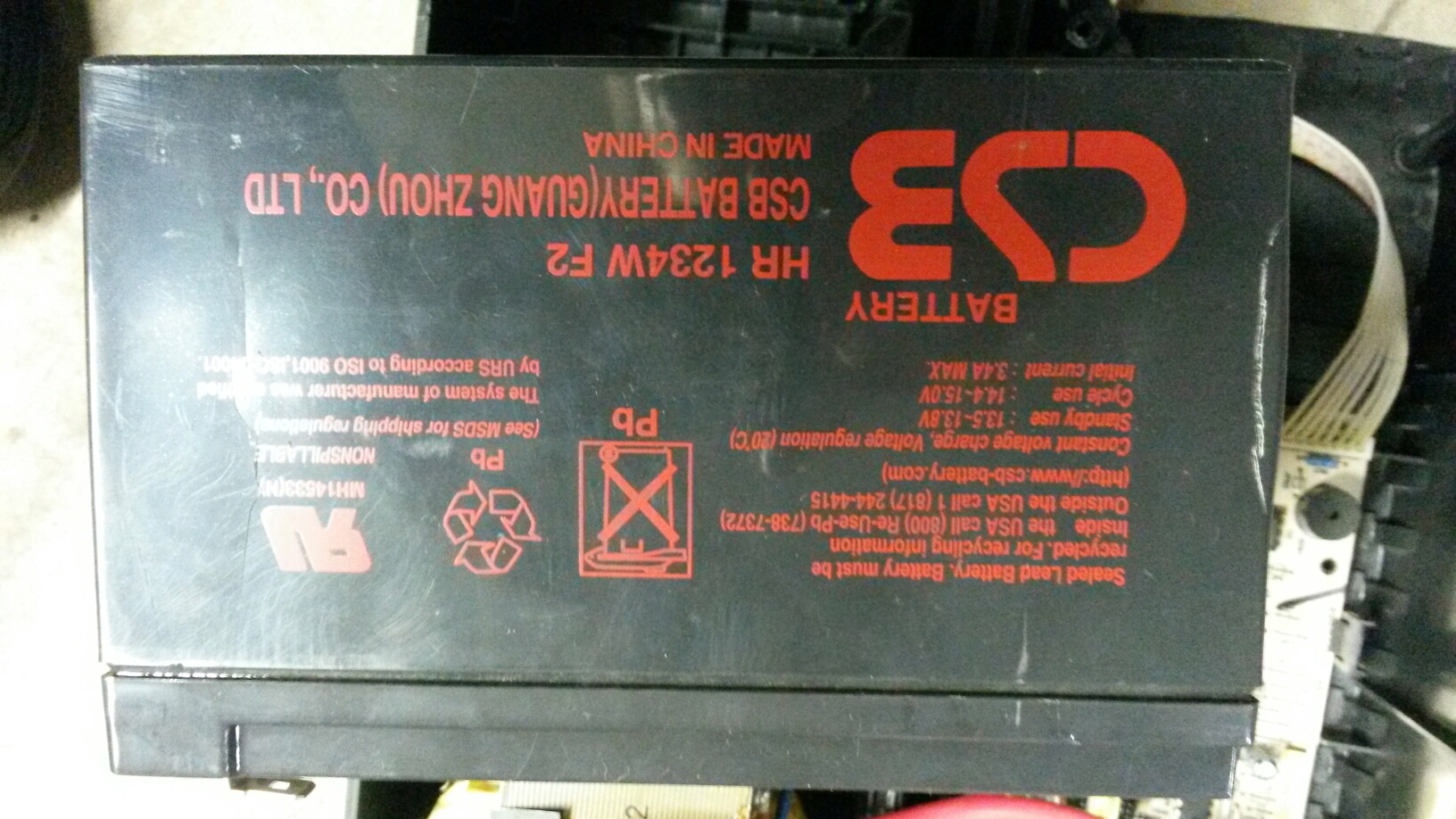
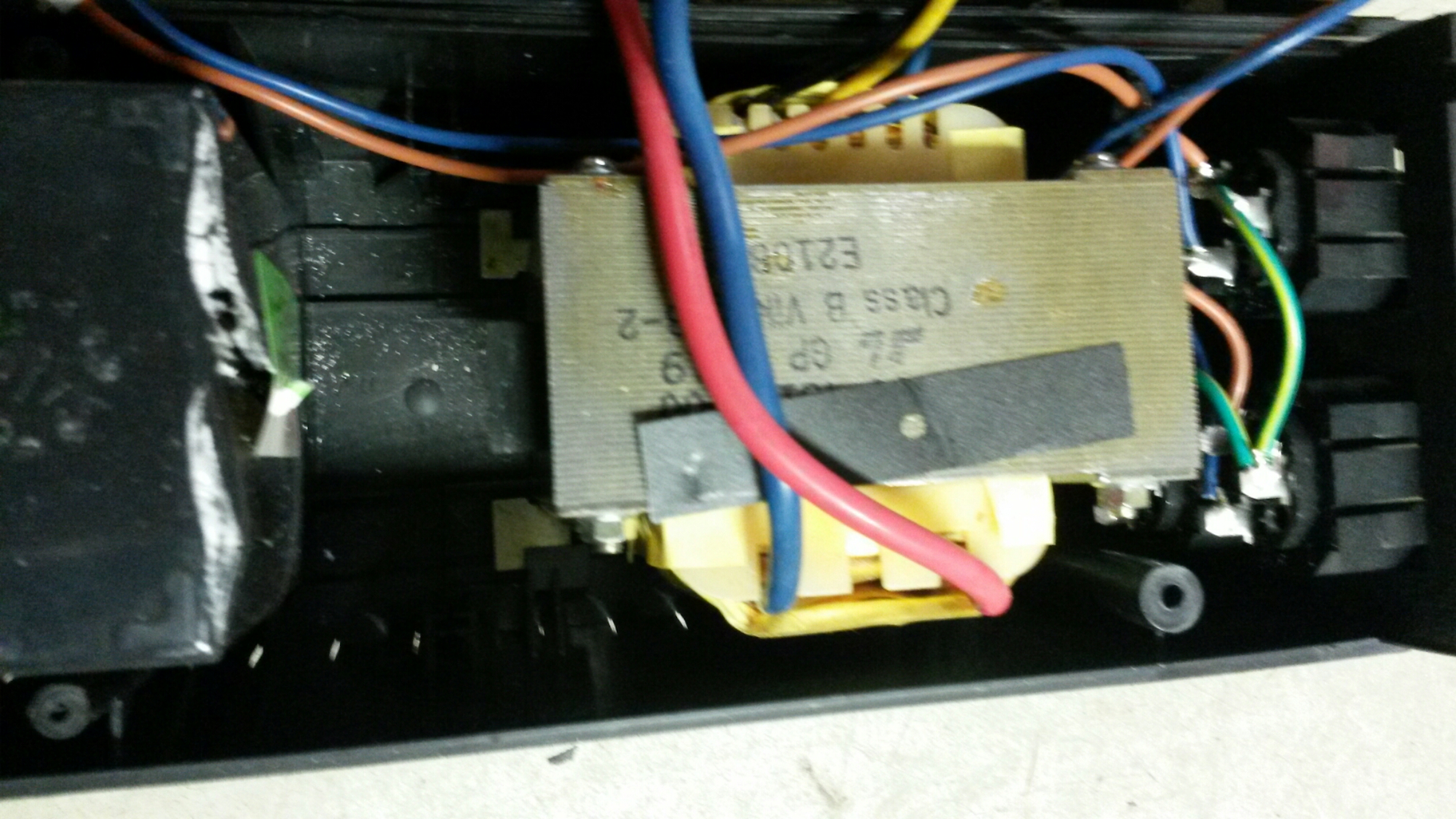
28 Comments
Tomi Engdahl says:
Body diodes simplify UPS & energy recovery circuits
http://www.edn.com/design/power-management/4443225/Body-diodes-simplify-UPS—energy-recovery-circuits?_mc=NL_EDN_EDT_EDN_designideas_20170103&cid=NL_EDN_EDT_EDN_designideas_20170103&elqTrackId=d049673c31354492ac64b93941f5299b&elq=7e3ada593c3f44e68d409ace630f6f29&elqaid=35378&elqat=1&elqCampaignId=30927
This Design Idea illustrates a way to make use of MOSFETs’ parasitic body diodes in a power circuit that can be used in UPS and energy-recovery (e.g., regenerative braking) designs.
Tomi Engdahl says:
Teardown of one UPS:
EEVblog #1168 – Dumpster Diving UPS
https://www.youtube.com/watch?v=qtDY6DEK-dE
Dave scores a HP R1500 G3 rack mount Uninterruptible Power Supply (UPS) from the dumpster.
Teardown time!
Comments:
While yes the batteries are hot swappable, it requires batteries to turn on. This is pretty much standard for APC units. It’s easy to get nice server sized APC units for free with dead batteries because they don’t turn on anymore, add a fresh set and they work perfectly. From what I can tell they by default disconnect the line input for safety, this means that the unit must be “on” to detect that line is available to switch to. So if the batteries are dead it won’t turn on. It’s a logical yet annoying standard, if something happens to the UPS to make it fail it results in complete isolation. Once the unit is on, as long as the line relay is held down it will power itself letting you swap batteries.
Tomi Engdahl says:
How a UPS Works
https://www.youtube.com/watch?v=E5RKBWhEUAU
An explanation of how Uninterruptible Power supplies operate with animated block diagrams. Explains the differences between Transient Voltage and Surge Suppressors (TVSS), Automatic Voltage Regulators (AVR), Standby UPS’s, Line-interactive UPS’s and Online (Dual Conversion) UPS’s. This video also provides a summary of the features of the most common types.
UPS topologies: standby, line interactive, online UPS systems
https://www.youtube.com/watch?v=ijdB8szpmdA
Explains the different types of UPS backup power systems, including line interactive, standby (offline) and online UPS topologies. Adjusts power voltage using a variac to demonstrate how a UPS supports a critical IT load. Live demonstration shows how on-line and line-interactive UPS technologies operate under varying power conditions.
Tomi Engdahl says:
APC Smart-UPS 750 Teardown (Details on the Mains AC Side, All the Chips)
https://www.youtube.com/watch?v=TT9je5yo7yM
Teardown: Old APC Back-UPS units
https://www.youtube.com/watch?v=srmpfMzEuPs
A look at the output waveform, and how to change the charging voltage comes at the end of the video.
Tomi Engdahl says:
EEVblog #504 – UPS Tutorial & Teardown
https://www.youtube.com/watch?v=Fj7e3WGUKO8
Dave explains the three main methods of Uninterruptible Power Supply design – Offline, Online, and Line Interactive. And then opens an APC 2200XL rack mount UPS to see how well it matches the classic block diagram theory. Will there be any surprises?
Tomi Engdahl says:
Dell J727N 2700 W UPS teardown
https://www.youtube.com/watch?v=NjFCRcFiJ-8
Tomi Engdahl says:
Looking Inside a “Disposable” UPS
https://www.youtube.com/watch?v=1zIuSiixyO8
“That’s me, voiding warranties with glee since approximately 1983!”
Today’s victim is a brand new APC Smart-UPS BN450M, purchased solely out of curiosity. I’ve been told by APC employees that the company felt there was a market for a UPS with a battery that can’t be serviced by the end user.
I’d tell you I think that’s wasteful, but the truth of it is that very few owners of home/small business grade UPS products ever replace the batteries. They usually chuck the unit in the trash, donate it to a thrift store and buy a new unit when the old one fails a self test or (more commonly) fails to keep their equipment going when the power goes out.
Tomi Engdahl says:
UPS SLA Batteries Teardown
https://www.youtube.com/watch?v=QJb3ZWRRMlg
Cheap chinese SLA Battery is a Rip off!
Wow! I must say that Chinese battery is quite a rip-off. Never seen anything like it.
Tomi Engdahl says:
Teardown and repair of APC-ES525 UPS
https://www.youtube.com/watch?v=VZaja6vnEvs
This low-cost UPS died on me after a few years of service so I decided to take it apart to see if it can be fixed.
Tomi Engdahl says:
Teardown of a Eaton PowerWare 30kVA UPS for battery backup of servers
https://www.youtube.com/watch?v=8efFFIwhKuA
More pictures and descriptions
http://kaizerpowerelectronics.dk/electronics/teardown-eaton-powerware-30-kva-ups/
Tomi Engdahl says:
30 kVA UPS Teardown
https://www.youtube.com/watch?v=FBjEee3nCZk
Tearing down a 30 kVA UPS
SUVTPM30KH APC UPS
Fault found at the end of the video
Tomi Engdahl says:
Teardown of a Eaton PowerWare 60kVA UPS system
https://www.youtube.com/watch?v=DEqbqmqB7Rs
More pictures and descriptions:
http://kaizerpowerelectronics.dk/teardown/teardown-of-a-eaton-powerware-60kva-ups-system/
Tomi Engdahl says:
How To Repair a Computer UPS Cheap & Fast With Battery Replacement
https://www.youtube.com/watch?v=7glF6Z7bfnw
Today I woke up and my computer was off. After investigating I found out my UPS batteries were dead but I was able to replace them and I show you how in this video. Anyone of any skill level or technical knowledge can do this.
Tomi Engdahl says:
Eaton 9395 Battery Ground Fault Test
https://www.youtube.com/watch?v=hom2pG9ppvE
Test video highlighting how the transformerless Eaton 9395 1100 kVA UPS handles a battery ground fault -
https://www.eaton.com/us/en-us/catalog/backup-power-ups-surge-it-power-distribution/power-xpert-9395.html
Tomi Engdahl says:
EEVblog #1168 – Dumpster Diving UPS
https://www.youtube.com/watch?v=qtDY6DEK-dE
Dave scores a HP R1500 G3 rack mount Uninterruptible Power Supply (UPS) from the dumpster.
Teardown time!
http://www.eevblog.com/forum/blog/eevblog-1168-dumpster-diving-ups/
Tomi Engdahl says:
Dynamic Rotary UPS at Cisco’s Allen TX Data Center
https://www.youtube.com/watch?v=xxcpBz_GMaU
As part of providing production services documenting Cisco’s Allen Data Center, Cyclone produced this video that articulates the Dynamic Rotary UPS systems integrated into their newest Data Center in Texas.
Hitec Power Protection – Diesel Rotary UPS Systems – corporate video
https://www.youtube.com/watch?v=jZjgx4BADf8
POWER TO RELY ON, PEOPLE TO RELY ON
Hitec Power Protection develops, manufactures and delivers turnkey power solutions to ensure uninterruptible, continuous and conditioned power supply to mission critical processes. Core of the Hitec Power Protection solution are rotary UPS systems using flywheel energy storage. This is proven technology, based on more than 50 years of experience and supported by a global installed base of more than 1.500.000 kVA in high demanding industries.
Tomi Engdahl says:
UPS topologies: standby, line interactive, online UPS systems
https://www.youtube.com/watch?v=ijdB8szpmdA
Explains the different types of UPS backup power systems, including line interactive, standby (offline) and online UPS topologies. Adjusts power voltage using a variac to demonstrate how a UPS supports a critical IT load. Live demonstration shows how on-line and line-interactive UPS technologies operate under varying power conditions. Check out how the line-interactive UPS technology will experience voltage drops, but the on-line double-conversion UPS technology can handle the same power variations without voltage drops.
Tomi Engdahl says:
UPS Failure
https://www.youtube.com/watch?v=Lhlhj-_7Rrc
the failure in the UPS was a phase-to-phase short on the input 480 VAC circuit, apparently through the diodes or SCRs in the input AC side.
Tunnel Frog says:
Great Content Exist Here.
Tomi Engdahl says:
Make the Timely Move: Add a UPS to Your Battery/Cell Tester
When the power goes out during battery and cell testing, data could easily get lost, leading to even more time spent for its recovery. Applying an uninterruptible power supply can avoid those headaches.
https://www.electronicdesign.com/power-management/article/21135223/make-the-timely-move-add-a-ups-to-your-batterycell-tester?utm_source=EG+ED+Analog+%26+Power+Source&utm_medium=email&utm_campaign=CPS200625066&o_eid=7211D2691390C9R&rdx.ident%5Bpull%5D=omeda%7C7211D2691390C9R&oly_enc_id=7211D2691390C9R
Mustafa Umair says:
Hi,
Do you accept guest posts? If yes,
I’ll provide you a well-written article and 100% related to your website niche:
https://jt.org/does-your-graphics-card-support-hdr/
Looking forward to a positive response.
Regards,
Mustafa Umair
Mustafa Umair says:
Hi,
Do you accept guest posts? If yes,
I’ll provide you a well-written article and 100% related to your website niche:
https://jt.org/does-your-graphics-card-support-hdr/
Looking forward to a positive response.
Regards,
Mustafa Umair
Tomi Engdahl says:
Many UPS work as some kind of power conditioner and some UPS are very noisy. It depends on UPS used and how noisy your incoming power is, if the result is improvement, no noticeable effect or makes power quality worse.
Tomi Engdahl says:
TC Projects: Lead-Acid Battery Backup
https://www.youtube.com/watch?v=1q4dUt1yK0g
You can support this channel on Patreon! Link below
Sometimes life throws curveballs. But rather than just get hit in the face, why not do something about them? This video is a mishmash of a project, some insight on Lead-Acid Battery technology, inverters, and applications. A bit different you might say from TC’s normal stuff, but what’s life without a little variety?
*There are definitely different ways to charge lead-acid batteries, with different strategies optimized for different results. However, for general 12V applications, a large battery and a slow-ish charger for a car battery will be an A-OK combo.
As far as batteries and inverters, go with whatever you like. But definitely don’t use a car battery. At a minimum, look for a marine deep cycle, and if you can get your hands on a pair of golf cart batteries or a 12v true deep cycle from brands like Trojan, do that.
For inverters, I would recommend a pure sine inverter for most applications, but unless you plan on running some heavy stuff from a large battery bank, what’s shown in the video is way way way way way overkill.
Tomi Engdahl says:
This is a short teardown of the smallest UPS I have yet found thrown out. The Belkin Regulator PRO Silver UPS 650VA (model F6C650-SER-SB) uses the battery type CSB HC1221W which has been discontinued. It features: UPS / surge protector, 4 power outlets, Fax / modem protection, 650VA output power capacity and has 25 minutes back-up time. Its weight: 953grams, Colour: Black Silver and Size: 225mm x 180mm x 60mm.
https://m.youtube.com/watch?v=Ft2nAhoQuxc&feature=share
Tomi Engdahl says:
What’s the Difference Between Monolithic and Modular UPS Systems?
June 23, 2022
The differences and benefits are compared between traditional monolithic UPS systems versus more newly designed modular UPS systems.
https://www.electronicdesign.com/power-management/article/21245068/solaredge-technologies-whats-the-difference-between-monolithic-and-modular-ups-systems?utm_source=EG+ED+Analog+%26+Power+Source&utm_medium=email&utm_campaign=CPS220620079&o_eid=7211D2691390C9R&rdx.ident%5Bpull%5D=omeda%7C7211D2691390C9R&oly_enc_id=7211D2691390C9R
What you’ll learn:
Why UPS systems are needed.
Differences between monolithic and modular UPS systems in relation to cost, simplicity, and reliability.
Key benefits and downsides of each system design.
Increasing demand for reliable power, coupled with the growing use of essential electrical equipment and digitization, is driving up adoption of uninterruptible power supply (UPS) systems. While data centers, hospitals, and manufacturers were among the first to adopt the technology, demand for UPS systems is expanding to other users such as research facilities, schools, or anywhere with critical power applications. Considering the high stakes associated with energy failure, what are the most important factors to consider when choosing such a system?
Tomi Engdahl says:
Risking my life to save $5000
https://www.youtube.com/watch?v=EiVq_eHqK3U
After the leak in Linus’ home rack watercooling setup, most of the hardware fortunately survived, except for the ~$5000 UPS battery backup unit that powers most of his hardware! Fortunately, we found a shipping damaged unit on ebay that can be frankensteined together to hopefully have one functioning UPS. Do not try this at home.
the sheer amount of disclaimers around the first 2 minutes tells me this video is going to be a good one.
16:46 The face of a guy who saved thousands of dollars while making his company tens of thousands. Way to go Linus!
Tomi Engdahl says:
https://www.howtogeek.com/817607/best-ups-battery-backup/